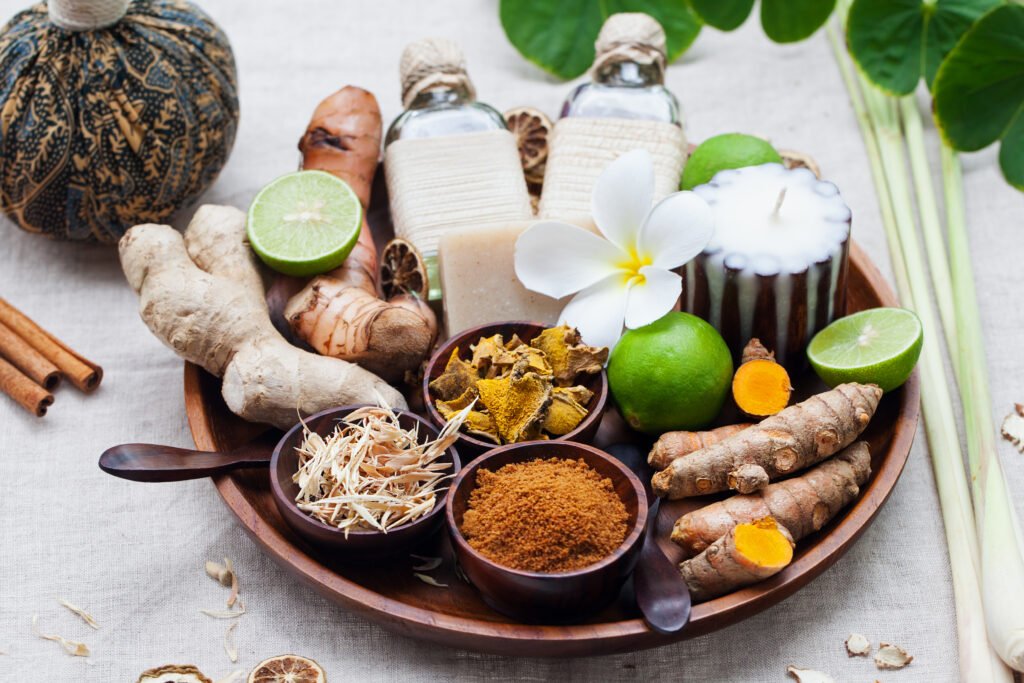As nature cools and the air grows crisp, our bodies naturally sense the shift between autumn and winter. In Ayurveda, these transitions between seasons are powerful moments to reset and realign with the rhythms of nature. The ancient science reminds us that when we adapt our food, routines, and habits to seasonal energy, we build stronger immunity and inner harmony.
Understanding the Seasonal Shift
When autumn’s dry winds begin to merge with winter’s chill, Vata dosha—the principle of air and space—becomes dominant. As the season deepens, Kapha dosha, associated with earth and water, also starts to rise.
If left unchecked, excess Vata can lead to restlessness, dryness, poor digestion, and joint stiffness. Too much Kapha, on the other hand, can cause sluggishness, congestion, and weight gain. Balancing both doshas through thoughtful daily choices helps us stay energetic and grounded through the colder months.
How to Stay in Harmony During This Transition
1. Choose Warming and Moist Foods
Opt for cooked, nourishing dishes that feel grounding and soothing. Think vegetable soups, rice porridge, lentil stews, and root vegetables. Cook with warming spices such as cumin, ginger, clove, cinnamon, and black pepper. Avoid raw salads and dry snacks, which can increase Vata.

2. Start the Day with Oil Massage
Before your morning bath, warm some sesame or almond oil and gently massage it over your body. This self-care ritual, known as Abhyanga, strengthens tissues, supports circulation, and calms the nervous system.
3. Keep the Airways Lubricated
When the air turns dry, nasal dryness and cracking can occur. Apply a drop or two of warm ghee or sesame oil in each nostril daily (a practice called Nasya) to keep the passages soft and protect against colds.
4. Maintain Regular Sleep and Routine
Irregular schedules heighten Vata. Try to eat, sleep, and wake up at consistent times. Go to bed early and aim for deep, uninterrupted sleep to recharge your body.
5. Dress for the Weather
Layer up in soft, insulating fabrics. Cover your neck, head, and ears when it’s windy or cold. Keeping the body warm prevents Vata from accumulating in the joints and muscles.
6. Keep the Mind Steady
The season’s energy can stir anxiety or overthinking. Gentle yoga, breathing exercises (pranayama), meditation, or simply quiet reflection each day can help steady the mind and emotions.
Transitioning Fully into Winter: Managing Kapha
As winter sets in, Kapha qualitiescool, heavy, moist start to dominate. To stay light and energized, adjust your habits accordingly:
• Favor light, warming meals. Use barley, millet, quinoa, and lightly spiced vegetable soups.
• Limit heavy, oily, and overly sweet foods. These increase Kapha and can slow digestion.
• Exercise regularly. Brisk walking, stretching, or yoga poses that build heat counter Kapha’s sluggishness.
• Stay dry on damp days. Skip heavy oil massages when humidity is high; instead, take warm baths or dry brush your skin.



